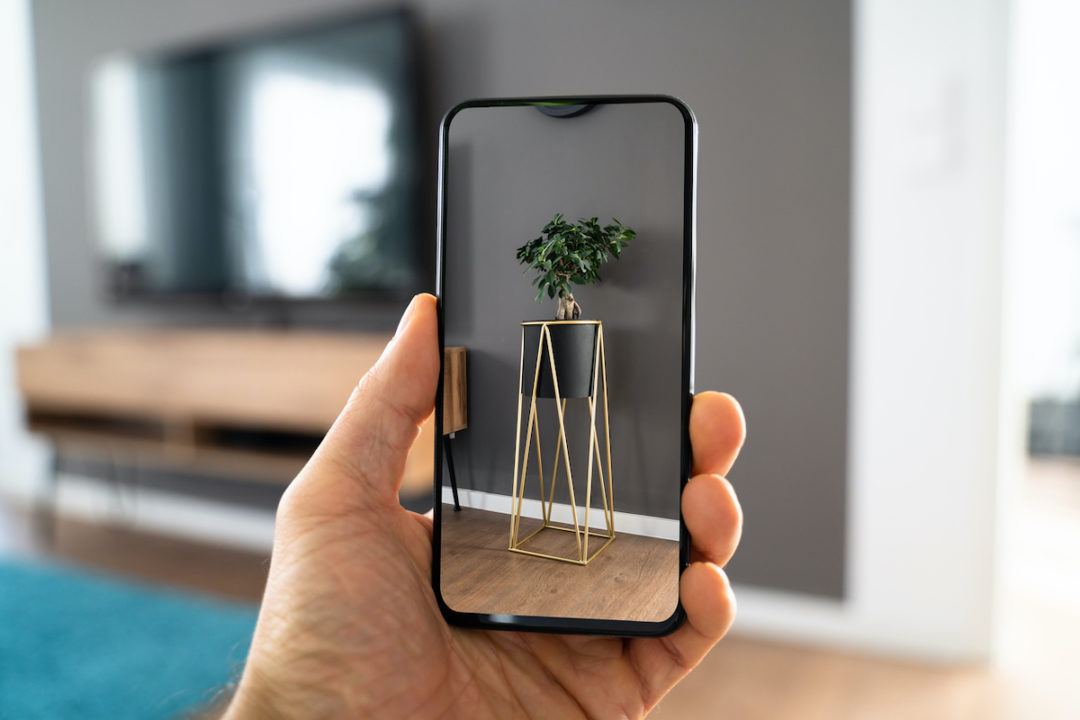AR in Retail: Enhancing Customer Experience

Augmented Reality (AR) is reshaping the retail industry by offering innovative ways to engage customers, enhance shopping experiences, and drive sales. This transformative technology overlays digital information and virtual objects onto the physical world, enabling retailers to create immersive and interactive experiences that bridge the gap between online and offline shopping. This blog explores how AR is revolutionizing retail, its applications in enhancing customer experience, benefits for businesses, and the future potential of this exciting technology.
Understanding Augmented Reality in Retail
Augmented Reality integrates digital elements, such as 3D models, animations, and product information, into the real-world environment visible through a smartphone, tablet, or AR glasses. In retail, AR enhances customer interactions with products, stores, and brands by providing personalized and interactive experiences that are both engaging and informative.
Applications of AR in Enhancing Customer Experience
- Virtual Try-Ons:
AR enables customers to virtually try on products such as clothing, accessories, and makeup. Virtual mirrors or AR apps overlay digital representations of items onto the customer’s image in real-time, allowing them to see how products look and fit before making a purchase. - Interactive Product Visualization:
AR allows customers to visualize products in their own space. For example, furniture retailers can use AR to place virtual furniture in a customer’s living room using their smartphone camera, helping them visualize how it fits with their existing decor. - Enhanced In-Store Navigation:
AR-powered store navigation apps guide customers through large retail spaces, helping them locate products, promotions, and amenities with ease. Interactive maps and directional overlays streamline the shopping journey and improve customer satisfaction. - AR Product Information:
AR enhances product education by overlaying detailed information, reviews, and multimedia content onto physical products. Customers can scan product labels or QR codes with their smartphones to access specifications, usage tips, and customer reviews in real-time. - Gamification and Engagement:
AR transforms shopping into an interactive experience through gamification. Retailers can create AR-powered scavenger hunts, quizzes, or virtual rewards programs that engage customers and incentivize exploration of products and store offerings.
Benefits for Businesses
- Increased Sales Conversion:
By providing immersive and engaging shopping experiences, AR enhances customer confidence and reduces uncertainty about purchasing decisions, leading to increased sales conversions both online and in-store. - Reduced Return Rates:
Virtual try-on capabilities allow customers to preview products accurately, reducing the likelihood of returns due to incorrect size or style preferences. - Brand Differentiation:
Adopting AR sets retailers apart by offering innovative and memorable shopping experiences that attract tech-savvy consumers and reinforce brand reputation as forward-thinking and customer-centric. - Data-Driven Insights:
AR platforms capture valuable customer engagement data, including product interactions, preferences, and purchase behaviors. Retailers can leverage this data to personalize marketing efforts, optimize inventory management, and refine product offerings. - Operational Efficiency:
AR-powered applications streamline store operations by improving inventory management, reducing customer inquiries, and enhancing staff productivity through real-time access to product information and training resources.
Future Potential of AR in Retail
The future of AR in retail holds significant promise as technology continues to evolve and consumer adoption grows:
- Advancements in AR Hardware:
Continued advancements in AR glasses and wearable devices will enhance the accessibility and usability of AR experiences, enabling more seamless integration into everyday shopping routines. - AI Integration:
AI-powered algorithms will enhance AR capabilities by personalizing recommendations, predicting customer preferences, and delivering hyper-targeted marketing messages based on real-time data insights. - AR in eCommerce:
AR will continue to bridge the gap between online and offline shopping experiences, allowing eCommerce platforms to offer virtual try-ons and interactive product visualization that simulate in-store shopping experiences. - Collaborative AR Experiences:
Multi-user AR experiences will enable collaborative shopping experiences where customers can interact with friends or family members in real-time, making joint purchase decisions and enhancing social shopping interactions. - Augmented Retail Spaces:
AR will transform retail environments into immersive digital spaces where virtual displays, interactive promotions, and personalized offers dynamically adapt to customer preferences and behaviors.
Augmented Reality is poised to redefine the retail landscape by providing personalized, interactive, and memorable shopping experiences that cater to the evolving expectations of modern consumers. As retailers embrace AR technologies to innovate customer engagement strategies, they position themselves at the forefront of industry trends and drive sustainable growth in an increasingly competitive market.



